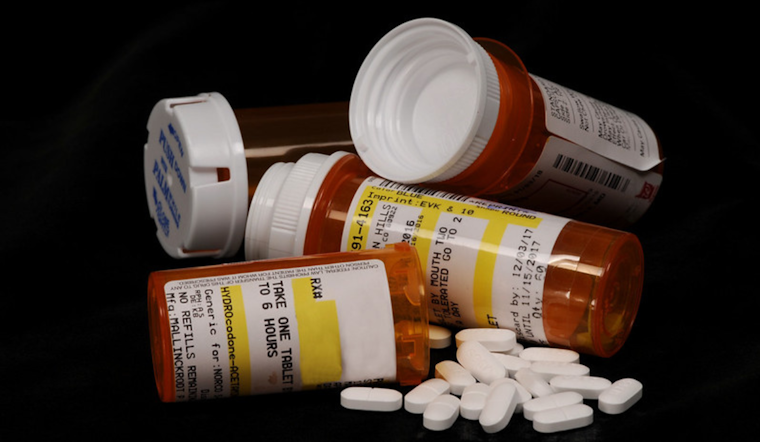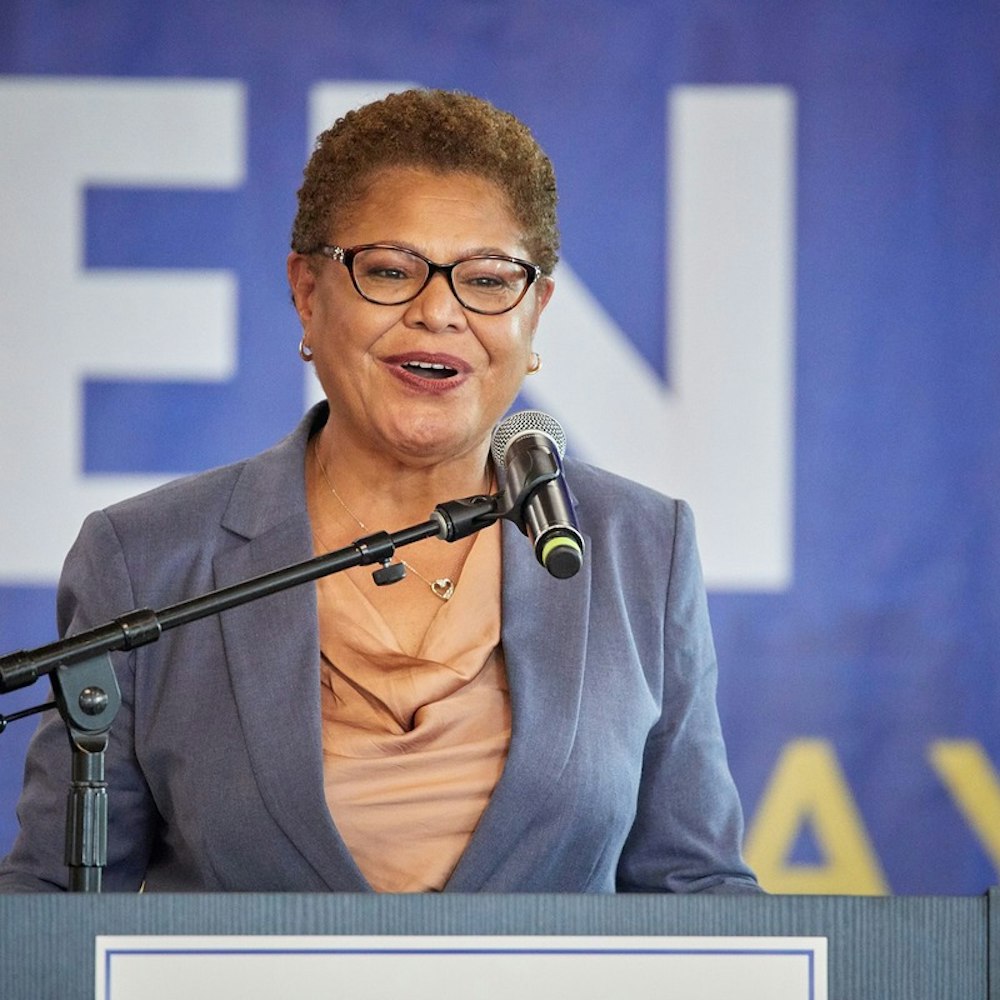
In a significant push against the opioid crisis, a study hailing from California has demonstrated that initiating treatment for opioid use disorder (OUD) in the frenzied environment of emergency rooms not only stands as a beacon of hope but is also a potentially life-saving strategy. According to research led by Dr. Andrew Herring of Alameda Health System's Highland Hospital, featured in the hospital's recent announcement, immediate intervention with buprenorphine—a medication that curtails cravings and withdrawal from opioids—can anchor patients in ongoing treatment programs post-discharge.
Buprenorphine treatment was accepted by a whopping 86% of the 464 participants in the study, a testament to the demand for accessible care that emergency rooms can meet. Perhaps more crucially, patients who received this treatment had double the odds of engaging in OUD treatment a whole month later, an outcome reported in the Journal of American Medical Association (JAMA). However, despite these promising findings, emergency rooms across the state continue to be inundated with overdose patients. With overdose deaths having catapulted since 2015, it is clear the path to tackling this epidemic is long and fraught. During an interview, Dr. Aimee Moulin of CA Bridge indicated the game-changing influence of emergency department intervention, emphasizing the solution's scalability.
"Our emergency room is an ideal setting to reach patients struggling with OUD," Dr. Herring told Alameda Health System, highlighting the urgency of meeting patients' needs promptly to boost their odds of overcoming addiction. Amid the escalating opioid fatalities, Alameda Health System's Bridge Clinic has emerged as a critical access point for battling OUD, providing evidence-based treatments to a community grappling with the epidemic and the CEO of AHS, James Jackson, echoed this sentiment in noting the health system's commitment to addressing the dire requirements for OUD services in Alameda County.









